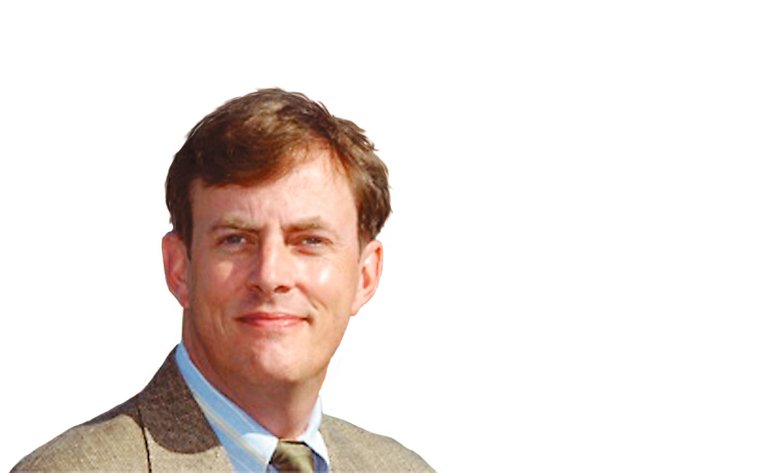A white tent marked something of a milestone for the long process of expanding the reach of Sound Transit’s Link light-rail line in Tacoma. Inside the tent next to the Tacoma Dome station earlier this month, the latest of a series of open houses was hosted by the regional transit agency to let folks comment on plans to grow the line that has been running for 10 years.
A public tax vote in 2008 led to years of work. And the agency is finally close to picking a route for expansion. A vote could come next month. But that conclusion had been delayed by requests by Tacoma officials to consider two additional routes. These so-called hybrid routes emerged from the minds of a trio of influential City Council members and from a “stakeholders” group of influential local citizens.
The first, drawn up by Councilman David Boe, sought to reach Martin Luther King Jr. Way as some earlier plans did. But Boe’s idea was to reach the Hilltop from the south by climbing the hillside on nearby South 25th Street. Boe also would extend the existing Link route east from the Tacoma Dome terminus to where Portland Avenue meets Interstate 5. While Portland Avenue was served by a previously studied route, the hybrid didn’t come anywhere near residential areas such as Salishan. Instead, it stopped next to a long-planned Puyallup tribal casino expansion.
The other hybrid was a northern extension from the current terminus at South Seventh and Commerce streets. It would climb to the Stadium District before running down MLK Way. This plan included the casino run, as well.
Powerful backers
These routes had powerful political backers. Mayor Marilyn Strickland hasn’t been very effective in hiding her preference for including MLK Way in any expansion. And Councilman Marty Campbell wants the Link to serve his eastside district. But the council isn’t the decision maker, even though the city must come up with a third of the $150 million cost of the Sound Transit/federal/city project. The hybrid routes have to meet the criteria established at the start of the process before they will get approval from the Sound Transit board.
The “screening criteria” include improving connections to regional transit, increasing transit ridership, serving an area with many low-income and/or minority residents, serving existing or proposed areas of high-density housing or jobs, and avoiding costly engineering challenges. Those are all good measurements. This is, after all, a transportation project. And to move on to the next phase, a proposed corridor had to receive a yes to all questions.
We can feel fortunate that nowhere on the list were criteria that would have helped the hybrids but not serve transportation goals, questions such as: Does the route deliver gamblers to and from a tribal casino that may or may not begin a major expansion? Does the route deliver enough to the political constituencies of the politicians proposing it?
The Boe route fails the actual tests. It creates “major costly engineering challenges” because the hill climb is too steep for the trains to be used. And the extension to the proposed casino does nothing to increase transit ridership or connect to an existing mixed-use center.
The casino run does not run far enough to serve low-income or minority residents. Worse still, it would turn a mass transit project into a single-purpose train, sort of like the monorails between Disneyland and its hotels. The tribe’s proposal last week to offer free use of its proposed parking garage in exchange for the Link connection is not enough of a trade and would pervert an investment designed to get people out of cars. If the tribe wants a rail connection from downtown to their casino, they should budget the $38 million into their project cost.
Other routes already studied that actually move people to and from jobs, to and from civic sites, to and from connections to existing regional transportation hubs should win the day. They also have the benefits of transparency and an extensive public process.



